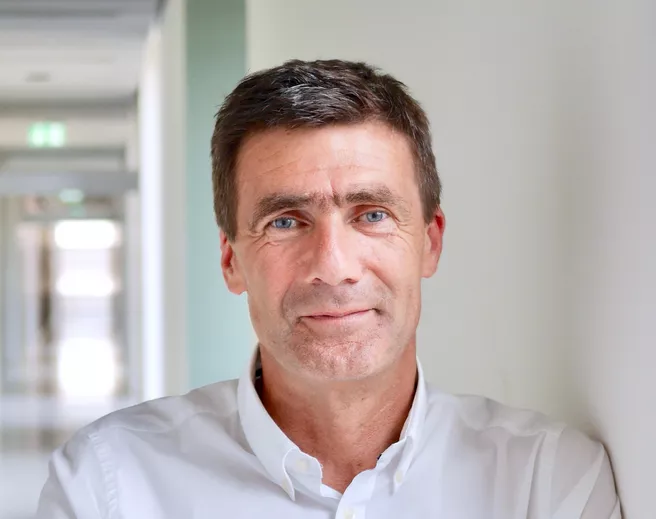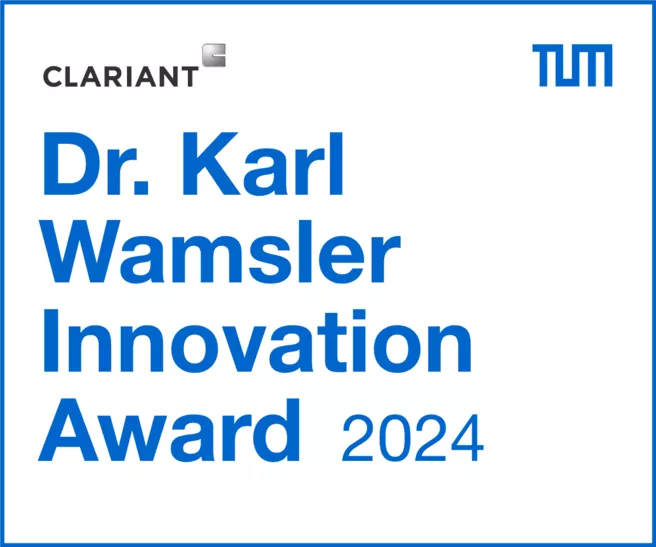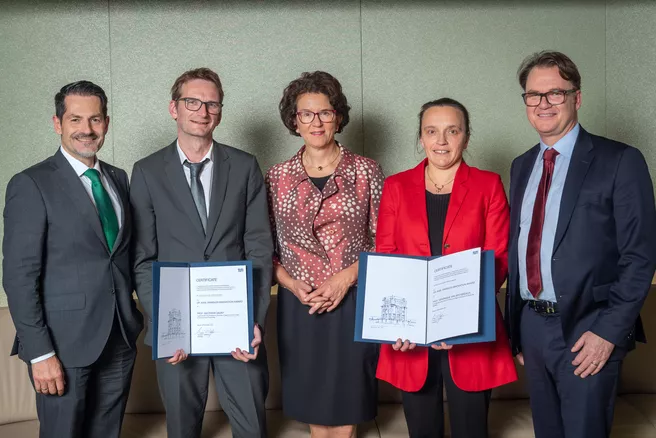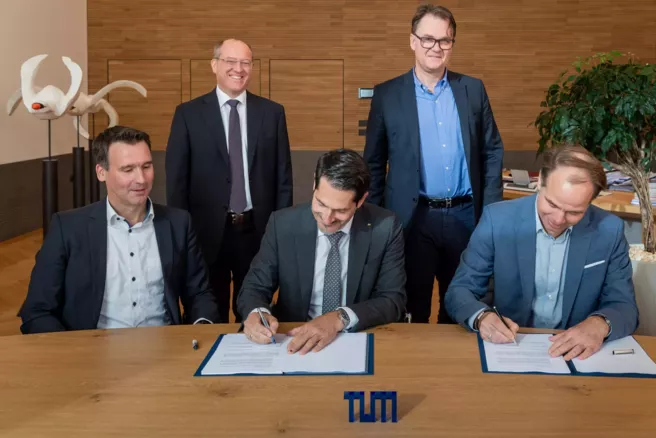CRC News & Highlights
Conferences & Symposia,
News
|
CRC Distinguished Lecturer Series
|
June 13, 2024: David W. C. MacMillan
CRC Distinguished Lecturer Series
|
May 5, 2024: Zeev Gross
CRC Distinguished Lecturer Series
|
April 25, 2024: Eric N. Jacobsen
News,
Hot News
|
Thorsten Bach receives his 2nd ERC Advanced Grant!
CRC Distinguished Lecturer Series
|
January 30th, 2024: Bert M. Weckhuysen
News,
Hot News
|
TUM and Clariant renew Strategic Partnership on Catalysis Research
News,
Hot News
|



